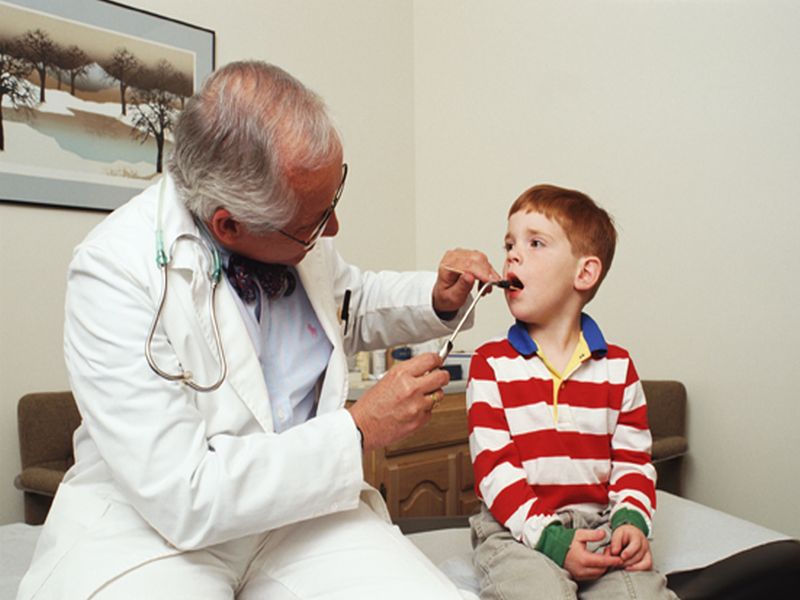MONDAY, July 3, 2017 (HealthDay News) — Many children suspected of being allergic to the inexpensive, first-line antibiotic penicillin actually aren’t, new research indicates.
The findings — which echo similar research earlier this year in adults — mean many patients are instead prescribed more expensive broad-spectrum antibiotics, experts said. These alternatives can come with greater side effects and contribute to a rise in antibiotic-resistant infections.
“It’s important to question this because it leads to a substantial increase in costs, for both families and the health care system, when we have to switch to a more broad-spectrum antibiotic,” said study author Dr. David Vyles. He’s an attending pediatric emergency medicine physician at Medical College of Wisconsin in Milwaukee.
“We think many cases aren’t a true allergic reaction,” he added. “It substantially limits the type of antibiotics that can be prescribed.”
More than 266 million courses of antibiotics were dispensed to outpatients in U.S. pharmacies in 2014, according to the U.S. Centers for Disease Control and Prevention. This equates to more than five prescriptions written each year for every six people.
Vyles and his team analyzed questionnaires from nearly 600 parents of children aged 4 to 18 that described their child’s reported allergy symptoms. The families came to an urban pediatric emergency department over a span of 19 months.
Just over 300 of the children had previously experienced low-risk symptoms for penicillin allergy, including rash, vomiting or diarrhea, according to parents.
Of those, 100 children were tested for penicillin allergy using a standard, three-part testing process. This includes a skin test; an injection with a tiny amount of penicillin; and an “oral challenge” in which the child swallows a dose of penicillin under close medical supervision.
All 100 children tested were found not to be allergic to penicillin and had the designation removed from their medical record, the researchers said.
“During my pediatric residency and fellowship, we constantly saw families reporting a penicillin allergy and were questioning the validity” of the claim, Vyles said. Two of his three young children have also been wrongly identified as allergic to the drug, he noted.
Why the confusion over who is truly allergic to penicillin?
Vyles and another expert said many parents notice that their children have a rash around the same time they’re prescribed penicillin. But the rash is likely due to an infection, not the drug.
“Many infections are associated with a rash, and if a child is given an antibiotic for this illness or some other reason, the rash can be falsely attributed to a penicillin allergy,” explained Dr. Stephen Eppes. He’s vice chair of pediatrics and director of pediatric infectious diseases at Christiana Care Health System in Wilmington, Del.
Eppes, who wasn’t involved in the new research, said up to 10 percent of people are either told or believe they’re allergic to penicillin. But when they’re tested for the allergy, more than 90 percent of them are not actually allergic to the drug.
“Either the diagnosis of penicillin allergy was inaccurate to start with, or they had a hypersensitivity to it that went away over time,” he said. “I think the former is more common — meaning people think they had a reaction that’s not truly an allergy.”
Another misconception is that penicillin allergy is hereditary, Eppes noted, so some parents who are allergic to the drug assume their children are as well.
And since the three-pronged standard testing for penicillin allergy takes about three hours to complete, many are unwilling to go through with it, the doctors said.
Vyles said he plans another study based on his new findings. In that research, children identified as low risk for penicillin allergy will proceed directly to the “oral challenge” while still being treated in the hospital emergency department.
The study was published online July 3 in the journal Pediatrics.
More information
The U.S. National Library of Medicine offers more on antibiotics.
Copyright © 2025 HealthDay. All rights reserved.

